Table of Contents Show
In horror films, unpredictability and violence are usually the representations of those who suffer from psychiatric or mental illnesses. The characters depicted with psychotic disorders are often portrayed as having totally lost it and/or are homicidal maniacs whom we should solely be afraid of. Horror films’ negative portrayal of mentally ill characters increases the stigma around psychiatric and mental illness.
Let’s Talk Mental Health And Illness
Mental health/illness range from anything like embarrassment, OCD, and anxiety to phobias, addiction, psychosis, bipolar, and schizophrenia. Things we struggle with every day — our thoughts, emotions, pain, and difficulties in any realm of our mind or physical well-being — are all part of our mental health and can be symptoms of a potential mental illness.
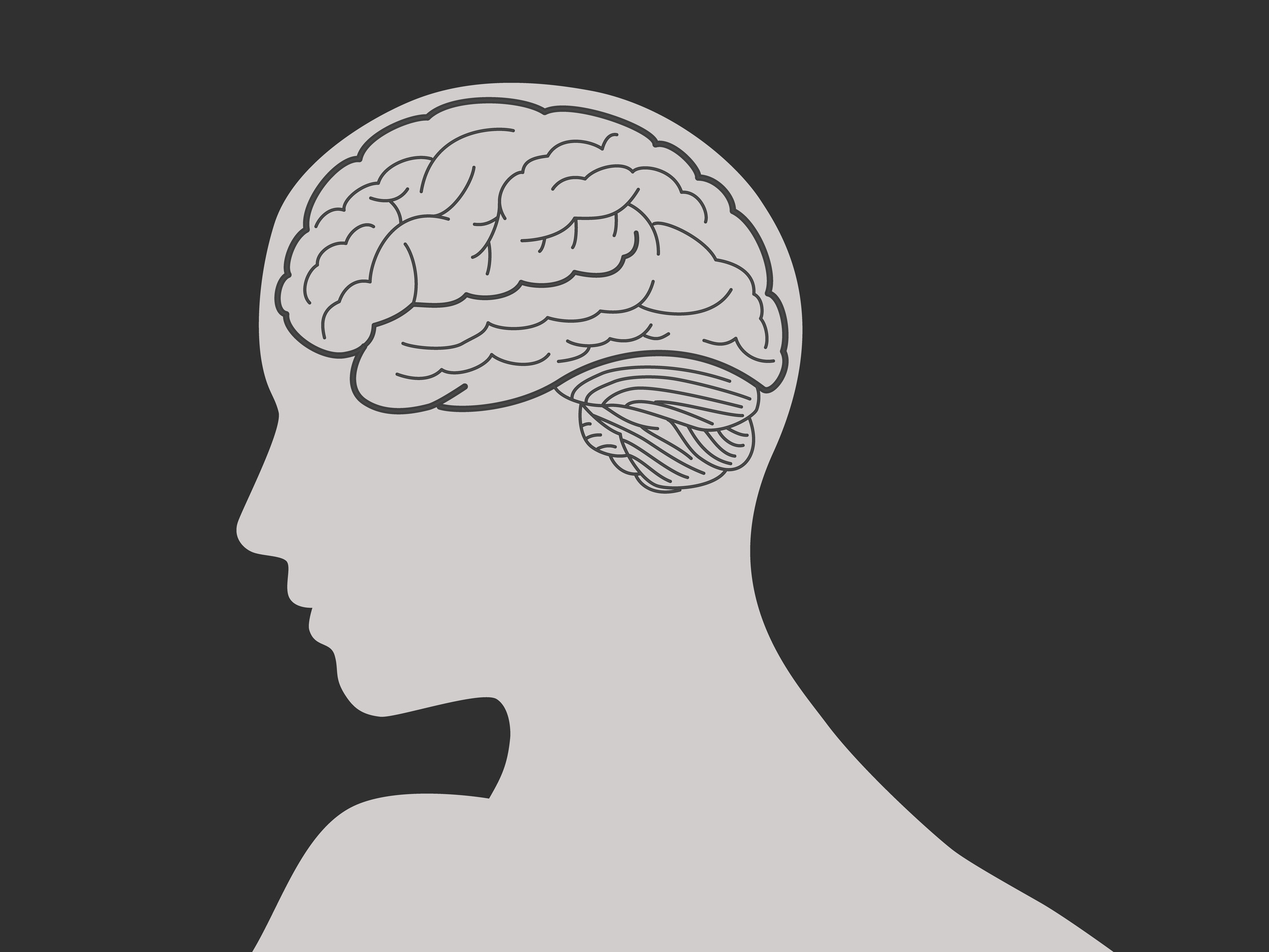
The term “psycho” stems from the terminology used by The Diagnostic and Statistical Manual of Mental Disorders (DSM–5). Psychosis is defined as “a common and functionally disruptive symptom of many psychiatric, neurodevelopmental, neurologic, and medical conditions and an important target of evaluation and treatment in neurologic and psychiatric practice” (( Arciniegas, David. “Psychosis.” US National Library of Medicine, National Institutes of Health. Accessed October 08, 2020. )). People with severe symptoms can “have trouble staying in touch with reality and often are unable to handle daily life. But even severe psychotic disorders usually can be treated” (( “What is a Psychotic Disorder.” WebMD. Accessed October 08, 2020. )). Horror films often portray psychosis as an incredibly dangerous and irreversible condition, but due to modern-day medications and therapies, the condition can often be managed.
Stigmas With Mental Illness
In reality, stigmas ultimately can make recovery for those suffering more difficult because people feel less confident. This causes isolation and an individual’s reluctance to get the help they need due to fear of stigma. Mental illness impacts friends, families, and most of all relationships not only because of the illness itself but because of stigmas we see in media and television. When we watch film or television, it is often portrayed that those suffering are “outsiders,” which damages self-image and ultimately discourages people from getting the help they need.
“People tend to be scared of things they don’t understand,” he said. “If you have never treated or observed a person with psychosis, it’s upsetting.”
-Susan Donaldson James (( James, Susan. “Black Swan: Psychiatrists Diagnose Ballerina’s Descent.” ABC NEWS. December 19, 2010. October 9, 2020. ))
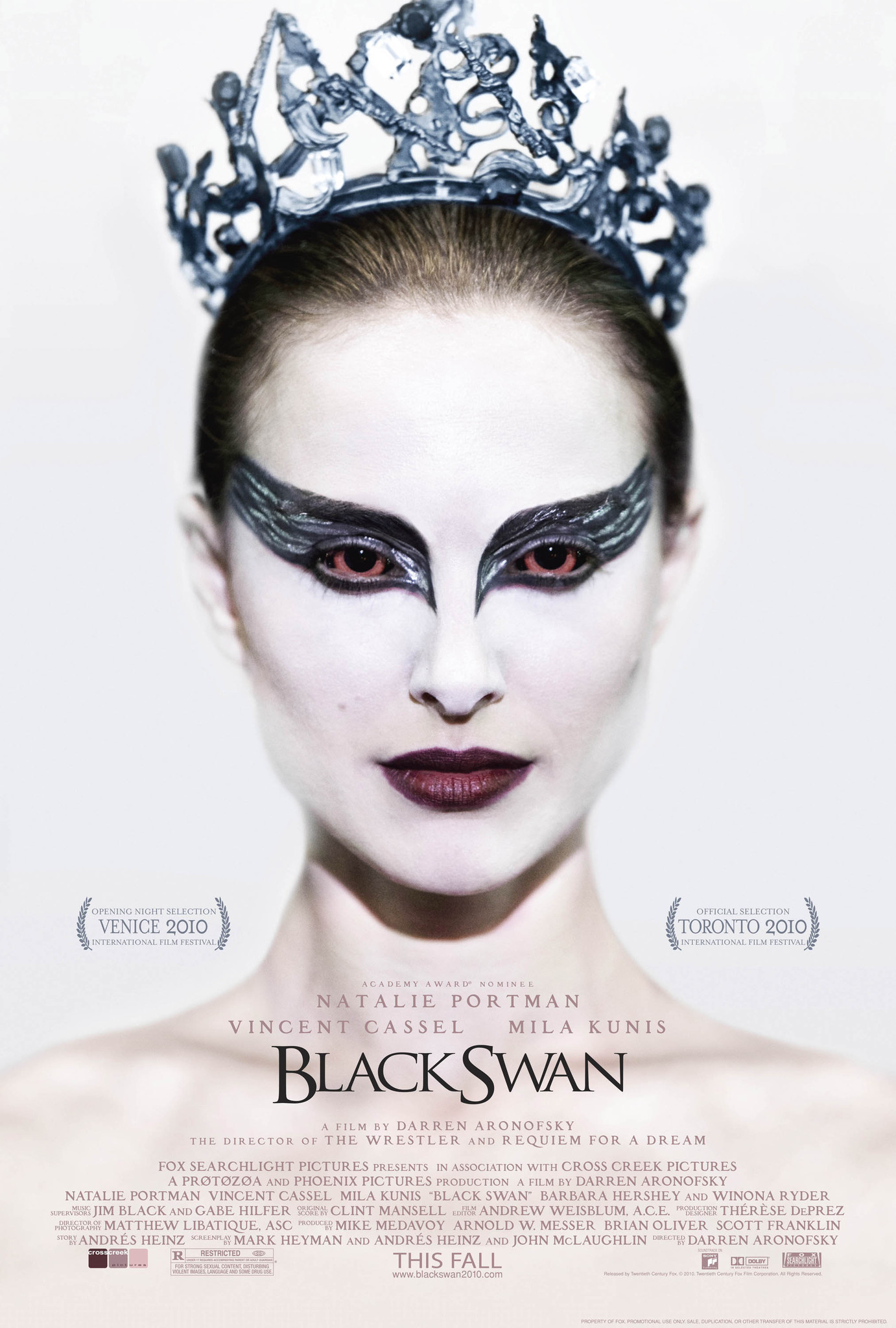
Nina in Black Swan (Natalie Portman) displays many psychological disorders. She clearly portrays an eating disorder, some OCD and anxiety tendencies, and more towards the end, outright psychosis. Many of the critics have mixed reviews of the film’s stigmas, aside from the notion that the film had excellent cinematography and acting. The extreme example in the film was that, during, and after a psychotic break, she stabs herself and ultimately may have possibly died from that wound. Others say it was simply too many psychological issues for a high-performing ballerina to suffer from at once, but that’s simply not true. People with psychological illnesses can have many behaviors happening at once — it’s not always one symptom at a time.
Misrepresentation Vs. Realism
Films often use these stereotypes that create or reinforce stigma. Many films often portray the wrong diagnosis and/or symptoms, and people suffering are severely misrepresented. There needs to be a focus on education vs. entertainment and simply calling people “crazy.” In many films, criminal behaviors and mental illness are confused and portrayed in an offensive way. The sick need to be helped consistently over time. People suffering from mental health disorders should not always be portrayed as violent and different-looking. Most definitely, not all who suffer are extreme.
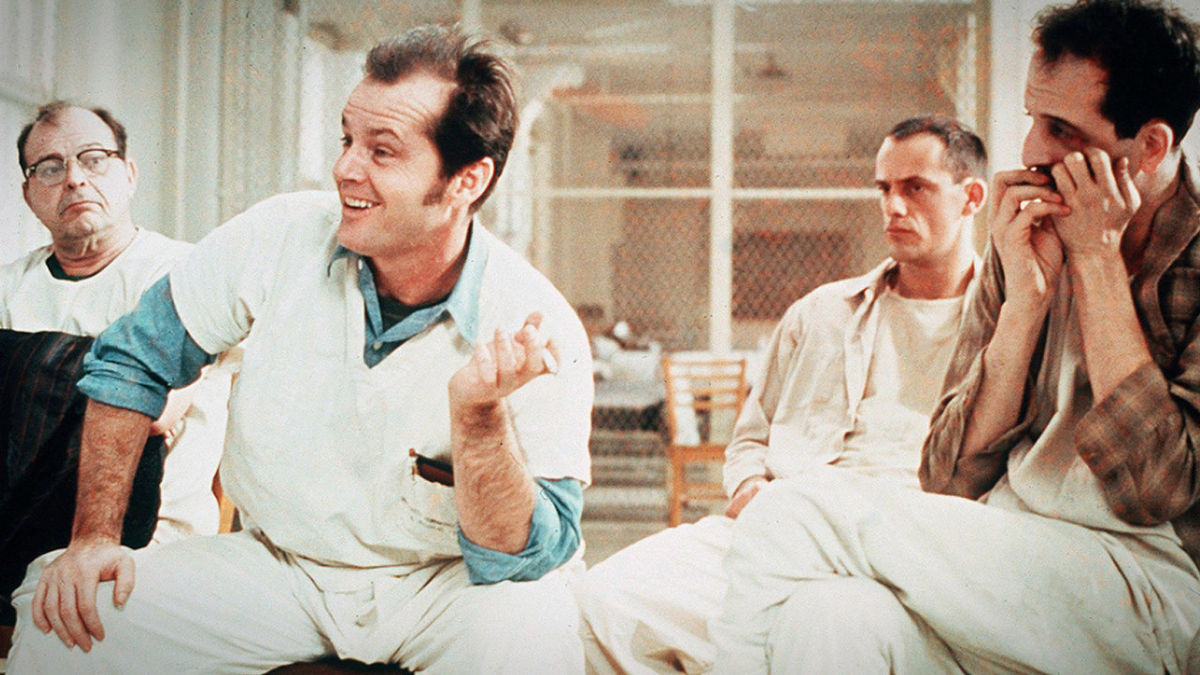
Several films and series on our televisions these days haven’t developed to reflect better prognoses. Series like American Horror Story season two feature patients in a never-ending torturous asylum, having lobotomies performed on them. These are real past-time scenarios, but we see no progression present-day on screen. American Horror Story’s upcoming season, named 1984, is about someone escaping from a mental institution, and the mysterious whereabouts of an insane and murderous stalker are depicted in trailers. The cult-status film The Shining, featuring Jack Nicholson, portrays insomnia, psychosis, and a bit of dissociation. That does not mean that everyone suffering from those symptoms will commit such horrendous crimes and horrors.
“Writers in the entertainment industry need to put more effort into depicting health issues accurately if they want to make a difference. However, sometimes writers misrepresent mental illness simply because it creates conflict in a story. And conflict is interesting — it’s what draws an audience in.”
-Behavioral Health ER (( “Ways Mental Illness Is Commonly Misrepresented In The Media.” ICANotes. April 11, 2018. Accessed October 8, 2020. ))
Accurate Representation
On the other hand, the film Melancholia, featuring Kirsten Dunst, portrays incredible insight into what someone suffering from depression may experience. For example, she is served her favorite meal and cannot taste it. She also receives outside support with basic tasks like eating meals and bathing. There are some destructive behaviors portrayed in the film, as all of these can be very common in the fight against depression.
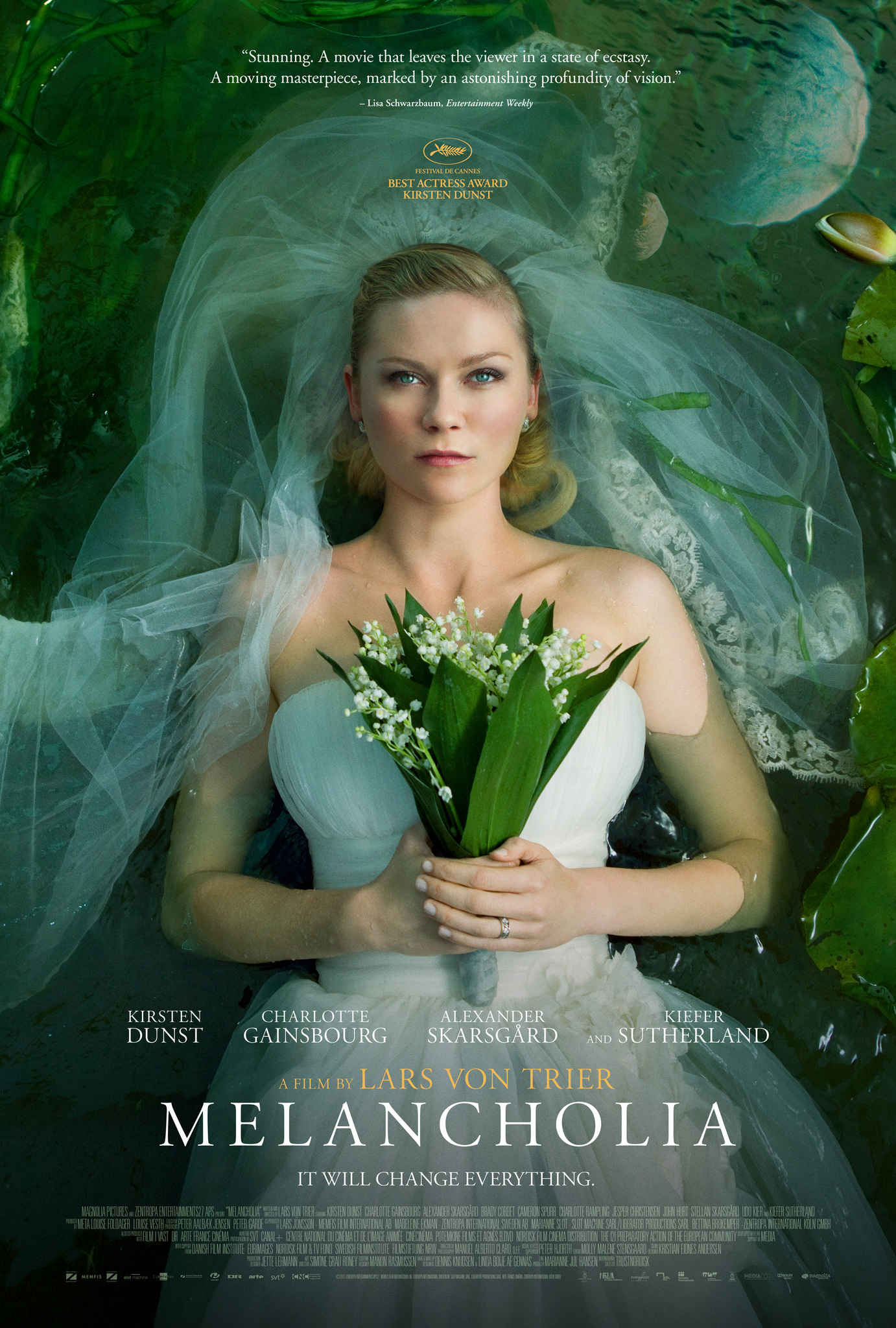
Importantly, we can reduce stigmas by showing recovery paths for characters. Films and media need to report accurately and responsibly with the reverence mental health deserves. For instance, Norman Bates, from the very famous 1960s film Psycho, suffers tremendously from Dissociative Identity Disorder (DID), and there is an insurmountable amount of evidence that DID actually provokes violence. We all need awareness and education in order to promote the truth regarding mental health. We are actually stunted when any form of media does not provide further encouragement to learn regarding any specific disorder.
A Way To Heal
The help of modern-day medicines, balanced regimens, therapies, and a great support system surrounding those in need provides a new outlook on prognosis. Some people who suffer from mental illness can be locked up for a period of time, but those who suffer are not simply put in hospitals for the remainder of their lives — this would be a rare circumstance.
The myths regarding the negative stigma that affect us today are disturbing and unrealistic. Horror films continue to depict negative perceptions and stigma for people suffering, along with negative prognoses. We should be concerned and scrupulous of how a skewed perception of a mental health crisis can affect those troubled and suffering. We need to empower those who may be ashamed of their own mental illness. The stigma is a serious problem affecting the mental health ecosystem. It is important for practitioners to understand where stigma arises in order to challenge beliefs and attitudes, and one of those places is in horror movies. (( Goodwin, James. “The Horror of Stigma: Psychosis and Mental Health Care Environments in Twenty‐First‐Century Horror Film (Part I).” Wiley Online Library. November 25, 2013. Accessed October 08, 2020. ))
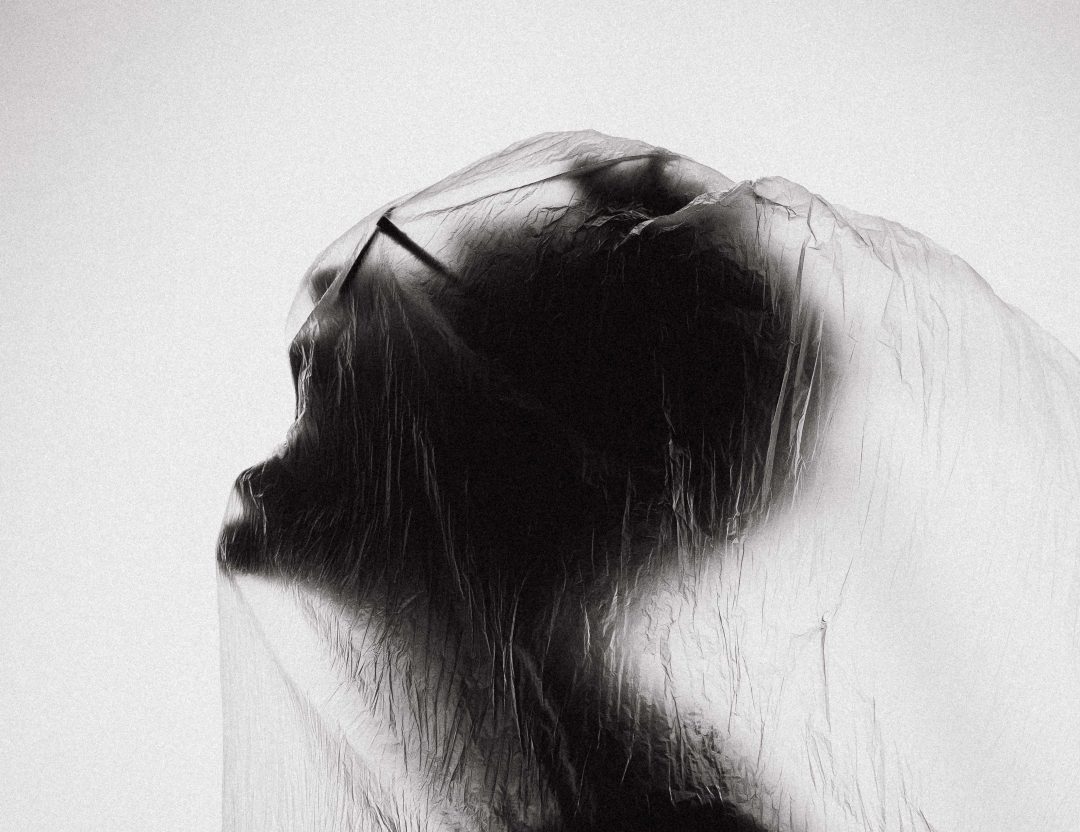
Interesting read! First I’ve heard of Melancholia movie, def want to check that out now.